Baffled by the sheer number of technical outer layers on the market? Most fall into one of six categories. Cover them all and you’ll be ready for whatever Mother Nature throws your way.
Hard Shell
The workhorses of the gear closet, hard shells are extremely waterproof but typically let some heat escape. There are three main designs. A three-layer jacket sandwiches a waterproof-breathable membrane between an outer fabric and a lining for maximum protection and durability. A 2.5-layer uses a raised print instead of a lining. And a two-layer opts for a separate mesh liner, sacrificing weight and comfort for cost savings.
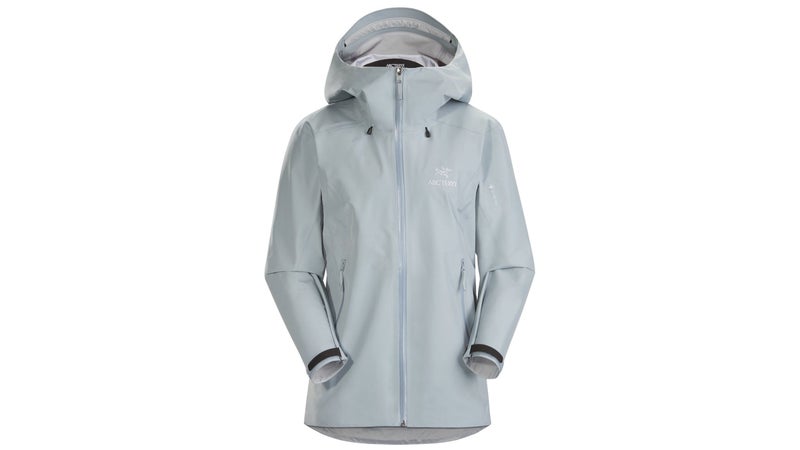
Our Pick: The three-layer Arc’teryx Beta LT ($399) suits almost every outdoor endeavor, thanks to a Gore-Tex membrane, a protective hood, and pit zips for extra ventilation.
Tech Talk: What’s that 10,000/10,000 rating on the jacket’s hang tag? The first number indicates waterproofness, measured in millimeters of liquid (ranging from 5,000 for water-resistant to 20,000 for stormproof). The second denotes vapor permeability, also known as breathability—from 5,000 grams for high to 20,000 grams for minimal.
Lightweight Puffy
A thin insulated jacket is key for mild weather, be it alpine summer nights or above-freezing winter days in the desert. Lightweight puffies have less fill and more-delicate fabrics, which makes them soft and packable.
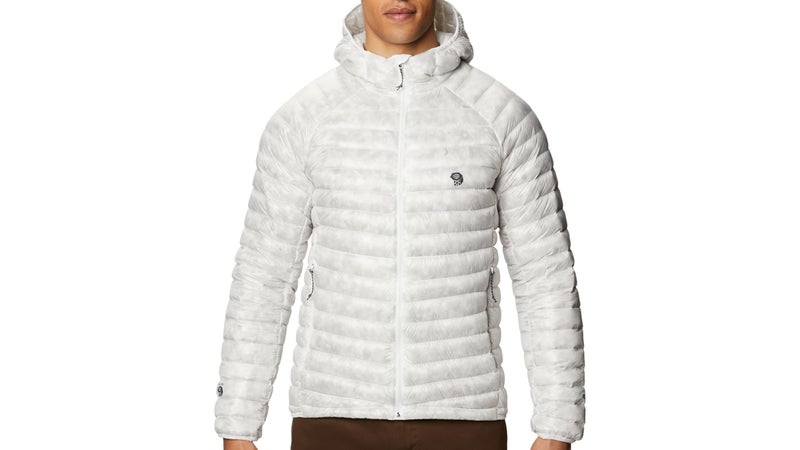
Our Pick: With 1,000-fill down, the Mountain Hardwear Ghost Whisperer UL ($375) delivers maximum warmth at minimal weight.
Tech Talk: Fill power refers to down’s loft to weight ratio. Take two jackets of the same weight; the one with higher-fill down will be warmer because it offers more insulation per feather. It’s an indication of down quality, not quantity.
Note: If you know you’ll be standing still for a while, put your puffy on right away rather than waiting until you feel cold. It’ll help keep your body temperature stable and avoid forcing you to work hard to warm back up.
Active Midlayer
Down fill loses its ability to hold in warmth when it gets wet. That makes it a poor choice for sweaty activities. Thankfully, an array of new active insulations excel at managing sweat while keeping you toasty. Most are formed into sheets of gauzy padding (rather than loose plumes that require baffles to stay in place) and offer some stretch for freedom of movement.
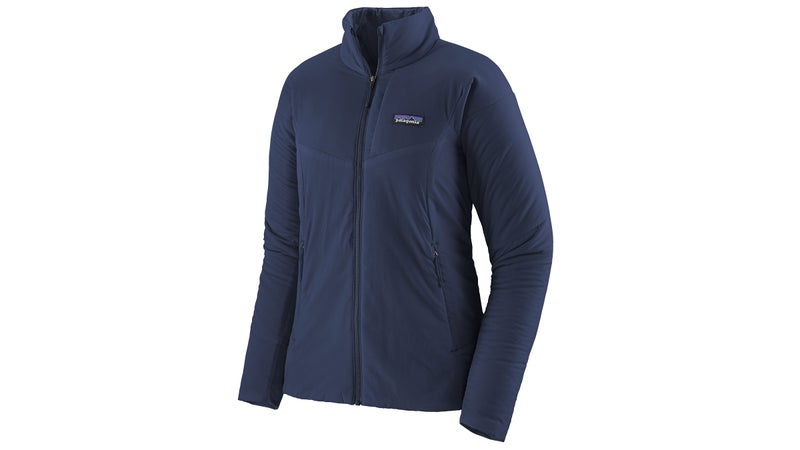
Our Pick: The soft, stretchy Patagonia Nano-Air ($249) acts like a dehumidifier during high-output cold-weather activities.
Tech Talk: Insulation’s air permeability is measured in cubic feet per minute. Higher numbers represent better breathability. Windproof fabrics measure one CFM or less.
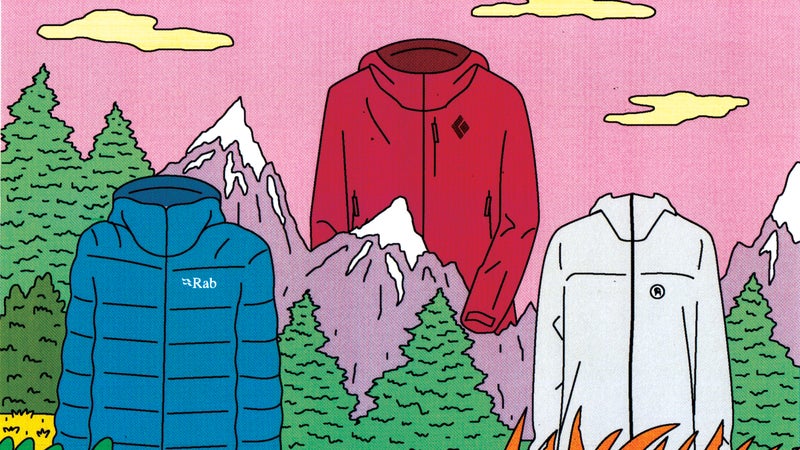
Heavyweight Puffy
These cold-weather toasters are what you wear if you’re not generating body heat through movement, like when you’re lounging in camp or lingering on a chilly summit. Goose or duck down provides the warmest, lightest, most compressible insulation. But because moisture is down’s kryptonite, synthetic fill can be optimal in rainy climates.
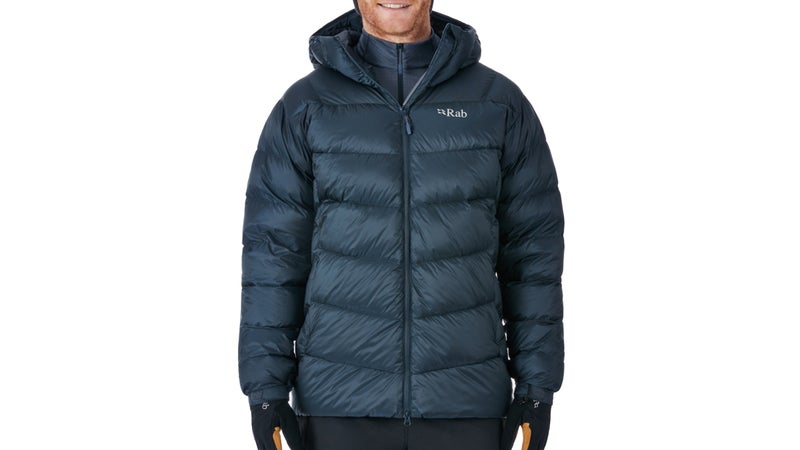
Our Pick: The Rab Neutrino Pro Down ($375) boasts hydrophobic 800-fill down to preserve loft in damp conditions.
Tech Talk: Baffles keep fill from migrating. Stitch-through construction is lighter and cheaper but creates cold spots along the seams. Welded baffles help solve this problem.
Soft Shell
Thicker, stretchier, and more breathable than hard shells, soft shells sacrifice some waterproofness for better moisture management and a suppler feel. They fend off light rain but not sustained downpours, so they’re better for dry, breezy climes than for soggy rainforest hikes.
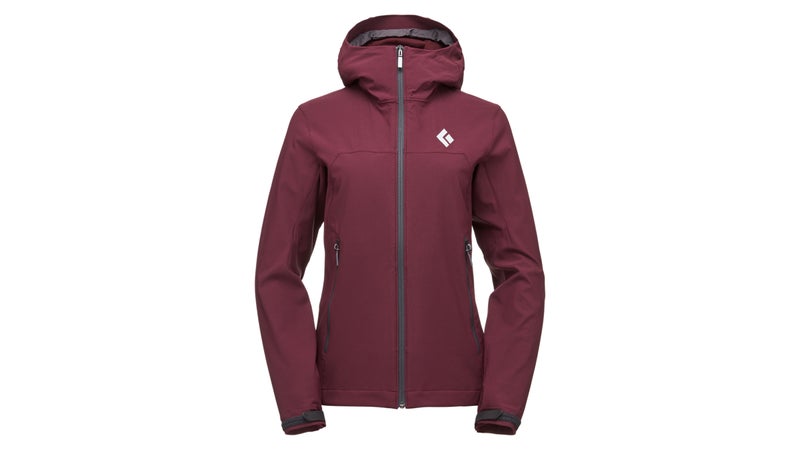
Our Pick: The Black Diamond Dawn Patrol ($199) blends nylon, polyester, and elastane into a tough four-way-stretch fabric that blocks gusts while retaining range of motion.
Tech Talk: Denier numbers indicate fiber thickness. High-denier yarns (50 to 90) sacrifice compressibility for durability. Finer, 10- to 20-denier yarns do the opposite.
Note: Unless all-day downpours are expected, you probably don’t need to bring a hard shell. Many soft shells are sufficiently water-resistant to protect against brief showers and offer both wind protection and breathability.
Wind Shell
Tissue-thin nylon windbreakers buffer against squalls and precipitation without totally blocking either. They’re ideal for short-term weather exposure while trail running or scrambling along a wind-raked ridgeline. Minimal weight and low bulk are key—most of the time, this jacket will stay in your pack. But when deployed, it offers comfort-saving protection.
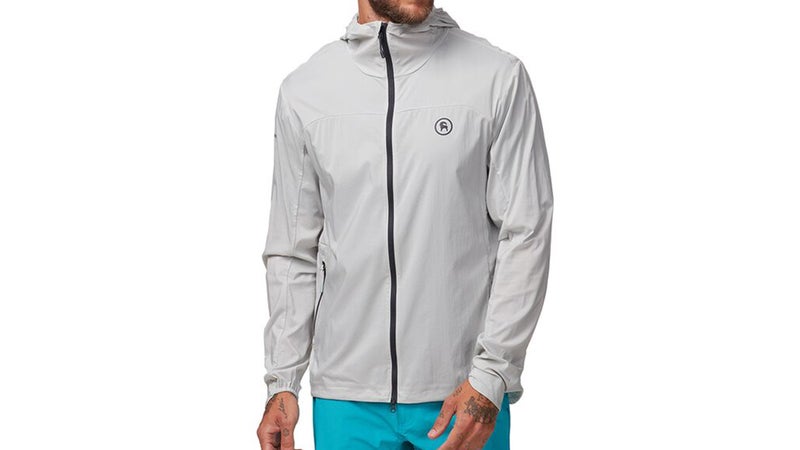
Our Pick: With perforated under-arm ventilation and exceptionally breathable fabric, the Backcountry Mad Creek ($110) shields while minimizing clamminess when you’re moving fast.
Tech Talk: Durable water-repellent (DWR) coatings traditionally use long-chain (C8) fluorocarbons to make rain bead up and slide off. Newer, less toxic alternatives use short-chain (C6) finishes or skip fluorocarbons altogether.


